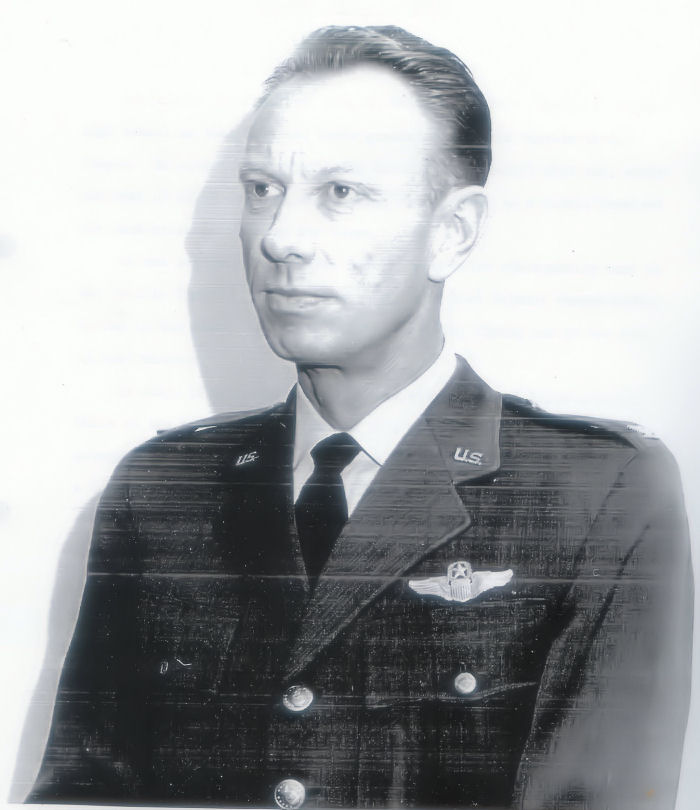The MBAF Base Throughout The 20th Century, Part 2
The Birth of a Base: WWII and Myrtle Beach by Melissa LaScaleia Continued from last month. Click here to read part 1. Last month’s history column highlighted the role that the Myrtle Beach Air Force Base played throughout part of the 20th century. This month, we’ll explore its role in history in greater detail. During World War II, the United States Air Force was not yet in existence. In its stead there was the United States Army Air Corps. In 1941, when World War II was fully underway, the United States defense was constantly seeking to increase the training, expertise, and prowess of its military. Army Air Corps pinpointed the airport at Myrtle Beach as an ideal place to train their needed pilots. Negotiations ensued, and in addition to the federal funding that Myrtle Beach had received to build two initial runways, they also received funding to lengthen and pave the runways. The War Department implemented the Second War Powers Act, which meant that the U.S. Military could annex the necessary land to buoy their military activities. They consequently acquired a total of 6,707 acres, which included the airport, to sustain an active fighter-bomber group and execute training. One of the most important roles that this new military post provided was that of defending the coastline. Their other mission was the continuous training of pilot crews to make them ready for aerial battle engagements. The base trained thousands of units, crews and individuals for varying lengths of time. To this purpose, the military built bombing and gunnery ranges that extended for 100,000 acres around the airport. Pilots also deployed to Europe from this location. And in 1943, pilots of the Royal Netherlands Air Force trained here, learning how to fly B-25 bombers. Two years after the conclusion of the war, in 1947, the Defense Department ordered the deactivation of the military post in Myrtle Beach. The land and runways were returned to the city of Myrtle Beach for civilian activities. Commercial airlines flew in and out of Myrtle Beach for the next several years. But in the aftermath of the war, with the onset of the Cold War, the United States felt mounting pressure to be prepared militarily as the Soviet Union rallied in support of communism around the world. The airport at Myrtle Beach, with a foundation already in place, had the potential to become a major military base. In 1954, the city offered to donate the airport and airport equipment to the military; and on April 1, it was officially designated the Myrtle Beach Air Force Base. After activation, the base quickly grew to become an integral part of the culture and functioning of the city. Upwards of 3,500 civilians and military personnel worked there. The base boosted the local economy by supplying jobs for civilians, who, along with the military personnel, would venture into the city on off-hours to frequent local establishments, thereby putting that money back into the economy. Through industry, taxes, and housing, the base contributed to a new and vibrant economy for Myrtle Beach. In 1955, Colonel Robert G. Emmens, for whom Emmen’s Preserve, a subdivision in the Market Common is named, supervised the reconstruction of the base. He remodeled it, implementing the necessary structures and equipment to fully modernize and optimize the base for the times. After its completion, the 727th Tactical Air Control Squadron was the first squadron to be positioned on the base. To be continued. Click here to read Part 3.

